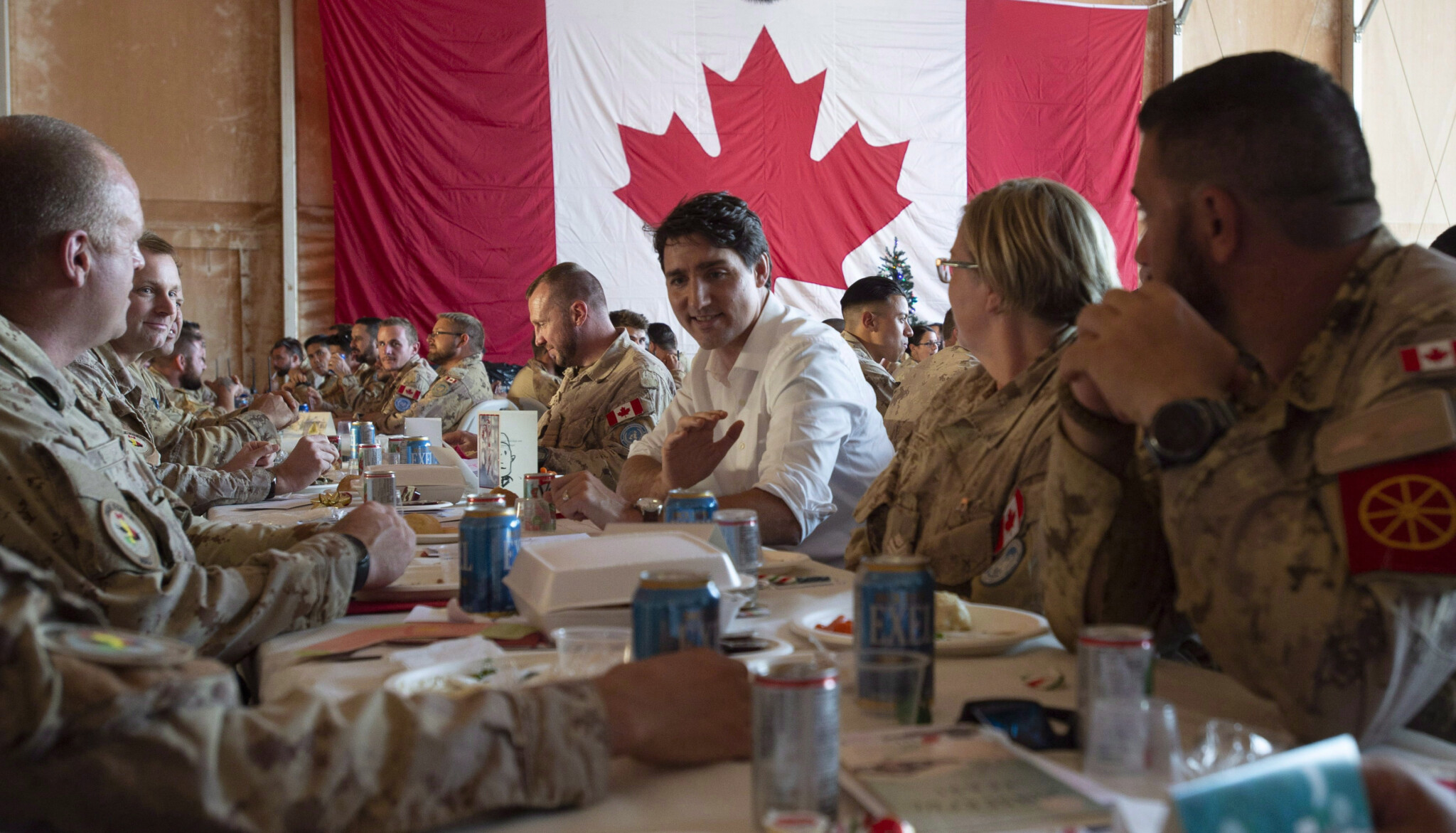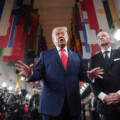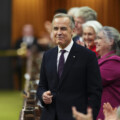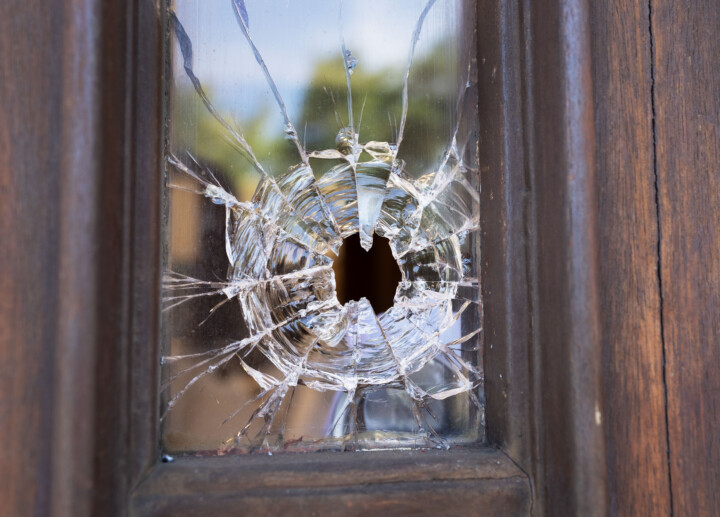It has become somewhat of a tradition among observers to write a retrospective on an outgoing leader’s foreign policy “doctrine.” Recent examples include the Bush, Obama, and Harper doctrines.
This tradition started with Casper Weinberger, Ronald Reagan’s longtime secretary of defense, who annunciated six clear points that should guide the use of military force. It has since come to be used to describe a government’s entire foreign policy approach in office.
Yet capturing the zeitgeist of the Trudeau government’s defence and foreign policy legacy presents significant challenges, not the least of which is that a significant part of it remains to be written. Crucially, while the on-the-ground state of Canada’s defence situation is unlikely to change appreciably in the months ahead, Trudeau’s ultimate legacy in this regard depends on his caretaker government’s response to the Trump administration’s initial policy steps that promise to be quite painful for Canada.
But the difficulty runs deeper than that. The Trudeau government is widely viewed negatively among foreign policy experts. As Thomas Juneau of the University of Ottawa noted during a CBC interview: “Justin Trudeau is leaving Canada unprepared to deal with an increasingly dangerous, unstable, and unpredictable world,” While the outcome is clear, the causes are not.
Entering the 2015 election, candidate Trudeau released a surprisingly verbose foreign and defence policy platform. Yet, much of the content was pabulum; a pastiche of Liberal Party orthodoxies and wishful thinking. It weakly reflected the increasingly unstable international environment that Canada was facing. While it spoke of “restoring Canada’s leadership,” the balance of the attention was focused on Canada’s presence in multilateral fora, as well as renewing Canada’s peacekeeping commitment.
Encouragingly, it identified the atrophy of “Canada’s military, our diplomatic service, and our development programs” under Harper’s Conservatives as a major issue. Yet they suggested a greater focus on domestic operations and peacekeeping, more in line with the 1970s defence policy of Pierre Elliot Trudeau. An underlying disdain for military instruments was made evident when then-candidate Trudeau derided his predecessor for “whipping out the CF-18” to the conflict in Iraq and suggested more humanitarian aid could be a more appropriate response.
These tendencies emerged over the course of the Trudeau government’s time in office, many of which were dictated by domestic policy priorities. For example, issues such as economic inequality, violent extremism, and climate change were seen as major priorities and were pursued with greater vigour than core defence concerns. This was evident in the primary defence policy document of the Liberal government: 2017’s Strong, Secure and Engaged (SSE). Normally documents of this type start with an assessment of the strategic situation, followed by the policy response, and then the means by which to address it. In SSE’s case, the paper started with personnel and devoted large portions to issues such as increasing diversity and gender-based analysis, approximately eleven paragraphs in total. The challenge posed by China and Russia, by comparison, received three paragraphs, buried in the second half of the paper.

Canadian Prime Minister Justin Trudeau speaks with members of the Canadian Armed Forces personnel serving on the United Nations Multidimensional Integrated Stabilization Mission in Gao, Mali, Saturday, December 22, 2018. Adrian Wyld/The Canadian Press.
The focus on these domestic priorities heavily impacted the resultant defence policy outcomes. Despite multiple entreaties by allies and domestic constituencies to increase defence spending to the 2 percent NATO guideline the country had agreed to, the Trudeau Liberals largely rebuffed them for much of their time in office. Ottawa only committed to a gradual increase to 1.4 percent of GDP, a position it maintained until 2024 when it was forced to make a public commitment to reach the threshold at NATO’s Washington Conference, but only by 2032.
Support for Ukraine was one of the only bright spots for the government, even though Canada is roughly in the median of per-capita supporters of the beleaguered state. Moreover, the government utterly failed to improve domestic arms production to address the new needs.
One aspect of the Trudeau government’s operation may supersede all of these considerations: its exceedingly poor record of policy implementation. It was evident that appearances mattered more than actual outcomes in many circumstances, and the policy followthrough was often not considered at the time of decision, or not pursued in an effective fashion.
Most of the promises identified within the original campaign plan, and even subsequent policy documents like Strong Secure and Engaged or Our North Strong and Free, saw half-hearted implementation and were generally underresourced to the ambitions laid out by the prime minister. Despite making personnel the main focus of SSE, the CAF’s recruitment and retention rates sagged, leaving the military’s staffing at critical levels and unable to perform some missions. In terms of actual capability, many saw severe atrophy. Major platforms like the tactical fighter fleet and submarines are operating at half or less their expected levels. Overall, the Trudeau government has left the country’s military severely depleted at a critical moment in history.
These dynamics were exacerbated by the highly centralized leadership style of the government, which was built around a few people within the PMO. Functionally, individual ministers were given unclear delegation of authorities laterally (among their peers), and vertically (between them and the PMO). The bureaucracy was allowed to fill this void, as there was a general tendency within the political leadership to defer to its expertise. Yet it was wracked with policy disagreements and the avoidance of any political risks—serving only to create even more delays. This regularly resulted in timid policies that delivered substandard outcomes—or even ones that ran counter to the government’s stated policy objectives, like ending Canada’s aeromedical support to the UN mission in Mali despite requests to extend the mission.
Governments tend to receive better marks as time progresses and nostalgia sets in among historians. Unfortunately, this is unlikely to occur for any reassessment of Trudeau’s time in office. It has few redeeming qualities.
This underlines the problem with trying to describe a Trudeau doctrine. The lack of adherence to any appropriate strategy to deal with a changing world, the low interest in foreign issues, the preference for style over substance, and ineffective implementation all contributed to the defence policy crisis the country finds itself in today. In terms of safety, security, military preparedness, and international standing, Trudeau will leave Canada in worse shape than he found it.










